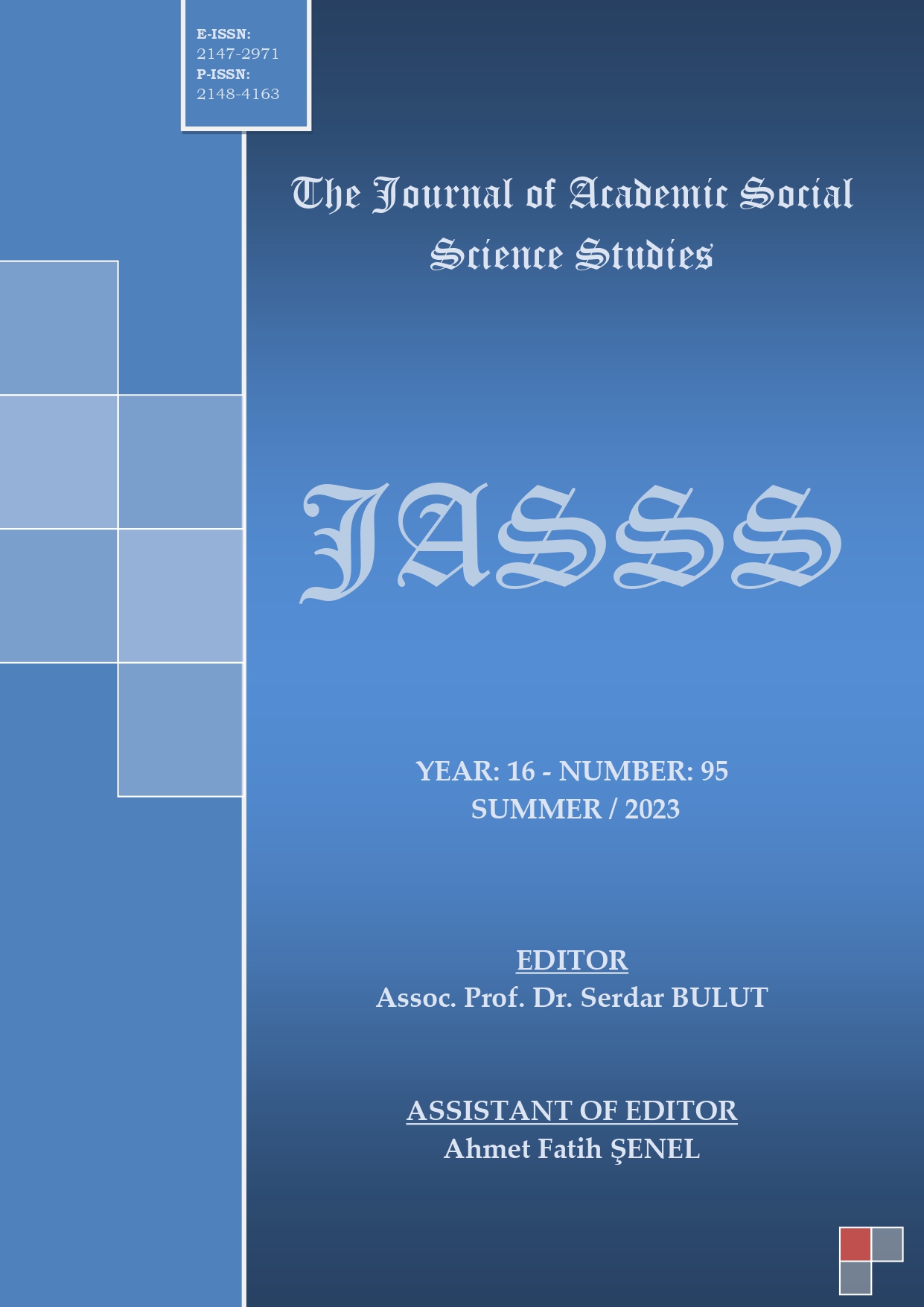Author :
Abstract
2./8. yüzyılda yaşayan Arap dil bilginlerinden Sîbeveyhi (ö. 180/796), el-Kitâb isimli eserinde teradüf kavramını, lafızları farklı anlamları bir olan kelimeler şeklinde tarif ettikten sonra 3./9. yüzyıla kadar aynı veya yakın anlamı ihtiva eden farklı lafızlar kitaplarda bir araya getirilmiş, böylece büyük bir müfredat vücuda gelmiştir. İbnü’l-A‘râbî (ö. 231/845) ise müterâdif olarak kabul edilen kelimeler arasında ince farkların olduğunu iddia ederek terâdüf birikimini ilk defa sorgulamış ve bu duruma karşı çıkmıştır. Sa‘leb (ö. 291/904), İbnü’l-Enbârî (ö. 328/940), İbn Dürüsteveyh (ö. 347/958), İ̇bn Fâris (ö. 347/958), Seâlibi (ö. 429/1037) ve Râgıb el-İsfahânî (ö. 5./11. yüzyılın ilk çeyreği) gibi dilciler İbnü’l-A‘râbî ile başlayan bu süreci desteklemiş, Ebû Hilâl el-Askerî (ö. 400/1009) de el-Furûkü’l-lugaviyye isimli eseriyle furûk tespit yöntemlerini ortaya koyarak furûk nazariyesinin teşekkülüne öncülük etmiştir.
İbnü’l-A‘râbî ile birlikte terâdüf hususunda büyük tartışmalar cereyan etmiş ve bu durum terâdüf ve furûk taraftarlarının ortaya çıkmasını netice vermiştir. Bunlardan birinci kesim ortak anlama sahip olan bütün lafızları terâdüf kapsamında değerlendirirken, ikinci kesim bu birikimin terâdüf olarak kabul edilmesini doğru bulmayarak lafızlar arasında nüansların olduğunu dile getirmiş ve her iki grup da iddialarını temellendirmek için birtakım argümanlar ileri sürmüşlerdir.
Modern dönemde terâdüf, tam ve nâkıs olmak üzere iki kısma ayrılmış; bunlardan tamamıyla aynı anlama gelen lafızlar tam terâdüf, aralarında anlam incelikleri bulunan veya yakın anlama sahip (mütekârib) lafızlar ise nâkıs terâdüf olarak isimlendirilmiştir ki bu kavram furûk kavramına denk düşmektedir.
Bu çalışmamızda terâdüf kavramına karşıt olarak ortaya çıkan furûk kavramının geçmişten günümüze kadarki olan gelişimi klasik ve modern kaynaklar taranmak suretiyle doküman analizi yönteminden faydalanılarak irdelenmeye çalışılmıştır.
Keywords
Abstract
After Sībawayhi (d. 180/796), one of the Arab linguists living in the 2nd/8th century, defined the concept of coincidence in his work al-Kitāb as words whose wording is different and meanings are the same, different words with the same or close meaning were brought together in books until the 3rd/9th century, thus creating a great accumulation. Ibn al-A'rābī (d. 231/845), on the other hand, challenged this situation by questioning for the first time the accumulation of tarāduf by claiming that there were subtle differences between words that were considered synonyms. Sa‘leb (d. 291/904), Ibn al-Anbārī (d. 328/940), Ibn al-Durustawayh (d. 347/958), Ibn al-Fāris (d. 347/958), Seā̂libī (d. 429/1037) and Rāghib al-Iṣfahānī (d. the first quarter of the 5th/11th century) supported this process that started with Ibn ‘Arabī, and Abū Hilāl al-Askarī (d. 400/1009) pioneered the formation of the theory of furūq by revealing the methods of determining furūq in his work al-Furūq al-lugawiyya.
Along with Ibn al-A'rābī, great debates took place on the issue of tarāduf, which resulted in the emergence of the supporters of tarāduf and furūq. While the first group considered all words with a common meaning within the scope of tarāduf, the second group did not find it right to accept this accumulation as tarāduf and stated that there were nuances between the words, and both groups put forward a number of arguments to ground their claims.
In the modern period, the term was divided into two parts: complete and incomplete, of which the words that have the same meaning are called complete tarāduf and the words that have subtleties of meaning between them or have close meanings (mutakārib) are called incomplete tarāduf, which corresponds to the concept of furūq.
In this study, the development of the concept of furūq, which emerged in opposition to the concept of terāduf, from the past to the present has been tried to be examined by using the document analysis method by scanning classical and modern sources.





